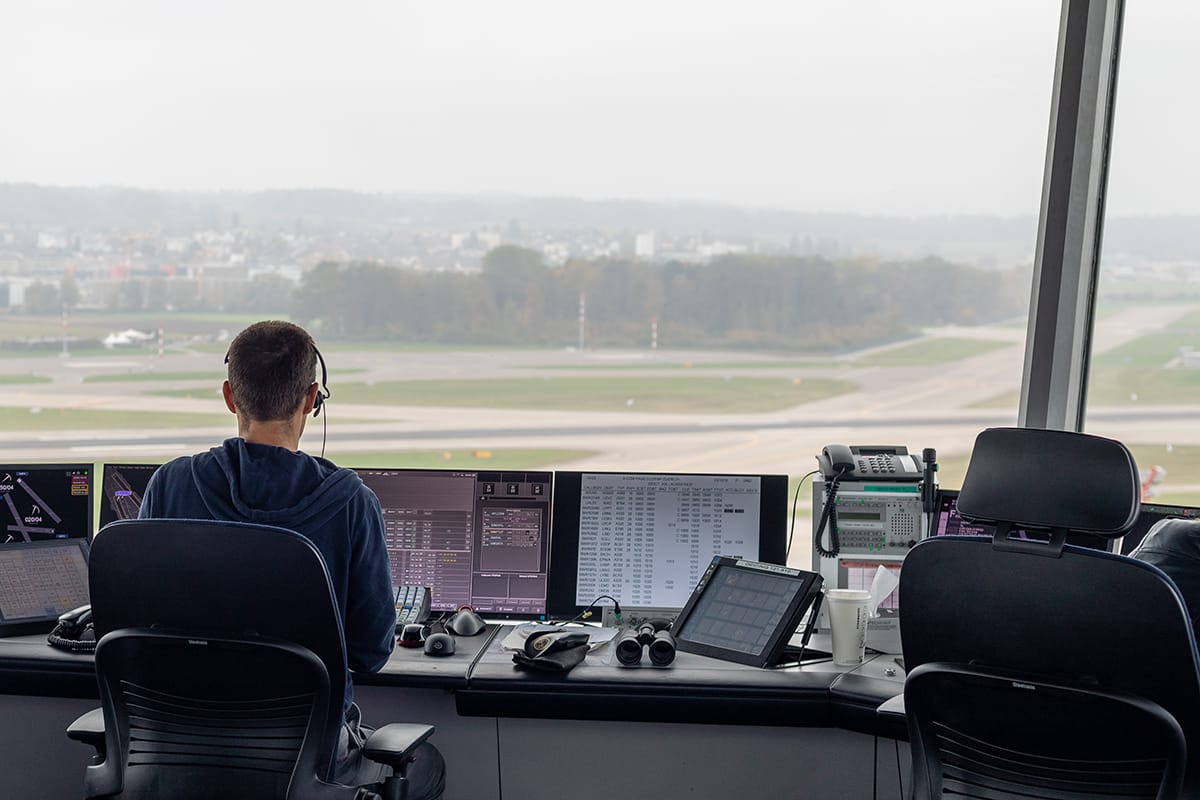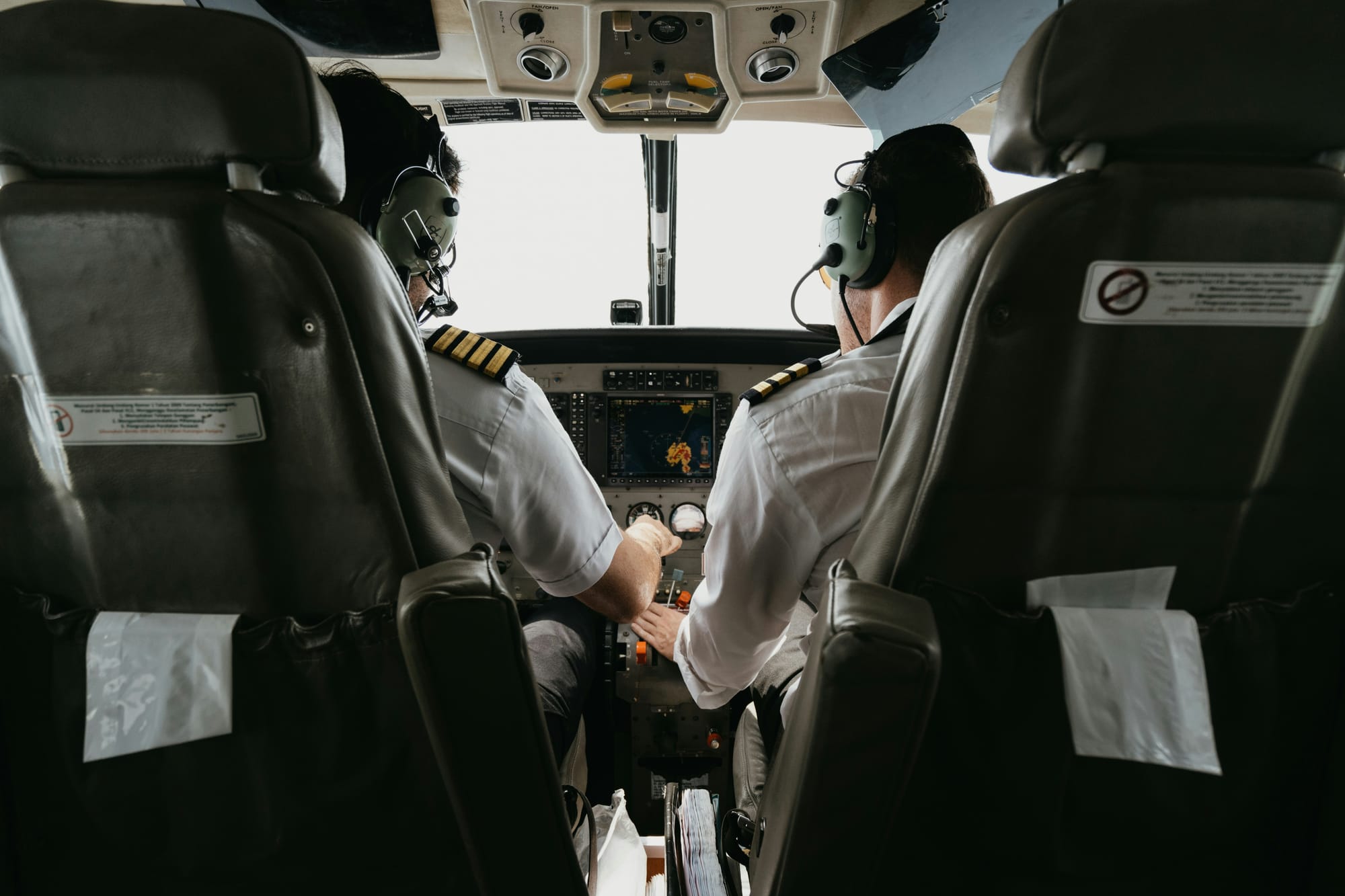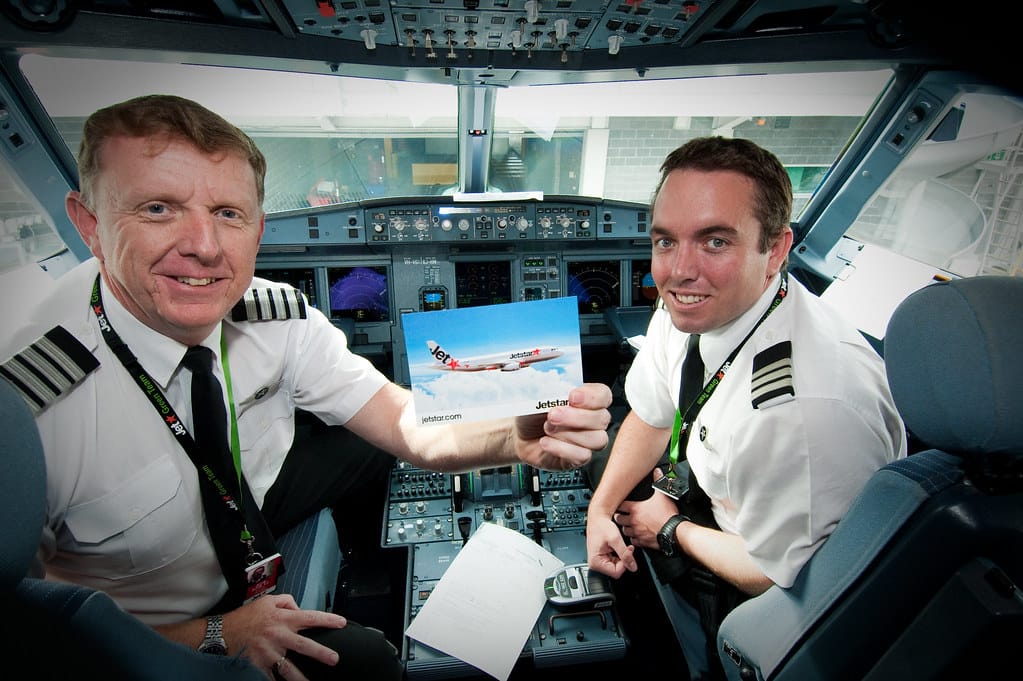Why AI Can't Take Over Air Traffic Control

Air Traffic Control (ATC) is one of the most complex and high-stakes fields in modern transportation. With tens of thousands of aircraft in the sky at any given moment, controllers must ensure safety, efficiency, and adaptability in an ever-changing environment. While artificial intelligence (AI) has made significant strides in automation, it remains ill-suited to fully take over ATC operations.
The Complexity of Air Traffic Management

Air traffic controllers make real-time decisions based on a multitude of dynamic variables, including weather conditions, aircraft performance, unexpected emergencies, and human factors such as pilot fatigue. While AI can process large amounts of data quickly, it struggles with nuanced judgment calls that require experience and situational awareness. The ability to interpret intent, anticipate human behavior, and adapt to rapidly evolving scenarios remains a uniquely human skill.
Aviation is an industry where uncertainty is inevitable. From sudden mechanical failures to emergency medical diversions, controllers must respond instantly to events that do not always follow pre-defined rules. AI systems, which rely on historical data and predictive models, may fail to recognize novel situations or provide appropriate responses in time-sensitive scenarios.
The Necessity of Human Communication

ATC relies on precise and efficient communication between controllers and pilots. Despite advances in natural language processing, AI still struggles with accents, dialects, and the ability to discern context in ambiguous situations. Misinterpretations or delays in understanding could lead to dangerous misunderstandings in critical moments.
If an AI system were to make an error that resulted in a mid-air collision or a runway incursion, assigning responsibility would be a complex legal and ethical challenge. Human controllers operate under stringent regulations and are accountable for their decisions, while AI lacks the ability to take responsibility, making it difficult to establish trust in fully automated ATC systems.
Cybersecurity Risks

Likewise, the aviation industry is a prime target for cyberattacks. A fully AI-controlled ATC system would be vulnerable to hacking, data manipulation, or system failures that could jeopardize airspace safety. Human oversight provides an additional layer of security against malicious threats and software malfunctions.
With the ever increasing incidents of GPS jamming, AI would not know how to interperet or respond to errorous position reports or unexpected data from aircraft.
Final Thoughts
While AI can certainly enhance air traffic control through decision-support tools and automation of routine tasks, it cannot fully replace human controllers. The unpredictable nature of aviation, the need for human intuition, and the ethical and cybersecurity challenges make AI an imperfect solution for managing air traffic. Instead of eliminating human controllers, AI should be used to assist them, improving efficiency while keeping safety (and human interaction) at the forefront of air travel.





